The starting price for Apple's new M1-powered 24-inch iMac is $1299, but the cheapest option may not be the ideal one in this particular instance, especially due to the sheer number of differences under the hood.
For some reason, Apple hasn't been completely transparent about its cost-cutting measures for the base iMac 24-inch model. Therefore, if you're in the market for the least expensive M1 iMac you can buy, we'll give you six reasons why you should seriously reconsider your decision.
1. The 24-Inch Base iMac Has a Single Fan
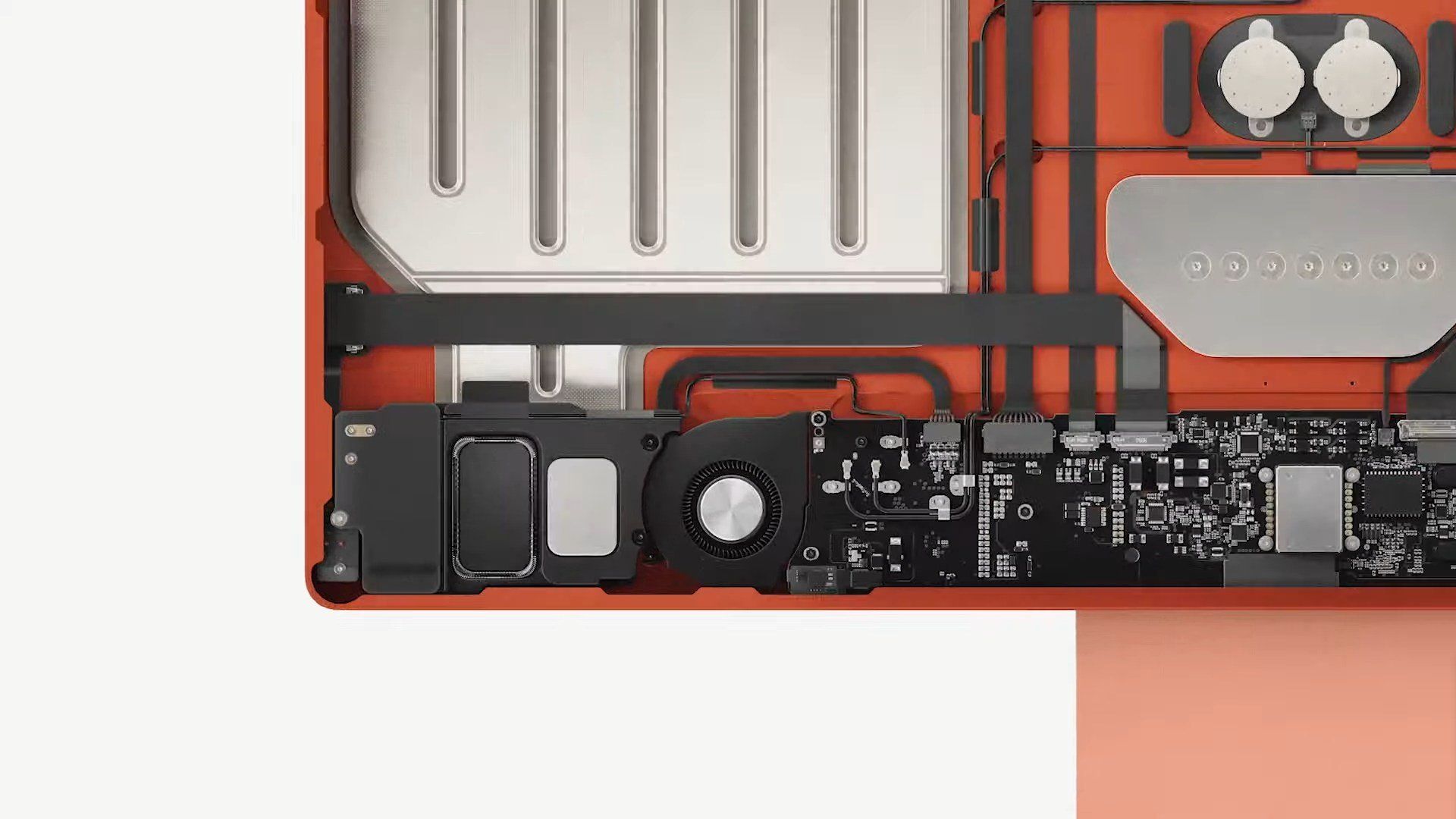
Of all the reasons, you wouldn't expect a fan to be the most significant one, right? Well, you'd be wrong. Unlike the higher-end models that pack two fans for adequate airflow, the base model features a single fan. It also misses a heat pipe since Apple has opted for a regular heat sink to cut costs.
The lack of a second fan can indirectly affect the performance of your Mac. You can blame the thermals for that. If the iMac's cooling system cannot keep the M1 chip's temperatures in check, it will clock its frequency down, resulting in a performance hit that's popularly known as thermal throttling.
This will be noticeable when you're doing CPU or GPU-intensive tasks like video editing, rendering, or gaming on your Mac for a prolonged time.
From the various in-depth tests conducted by Max Tech, the base model took a performance hit of roughly 8% under continuous usage, with GPU temperature reaching as high as 95°F.
In contrast, the higher-end variant with two fans was able to keep the temperature under 90°F, despite it packing an extra GPU core.
2. One Less GPU Core
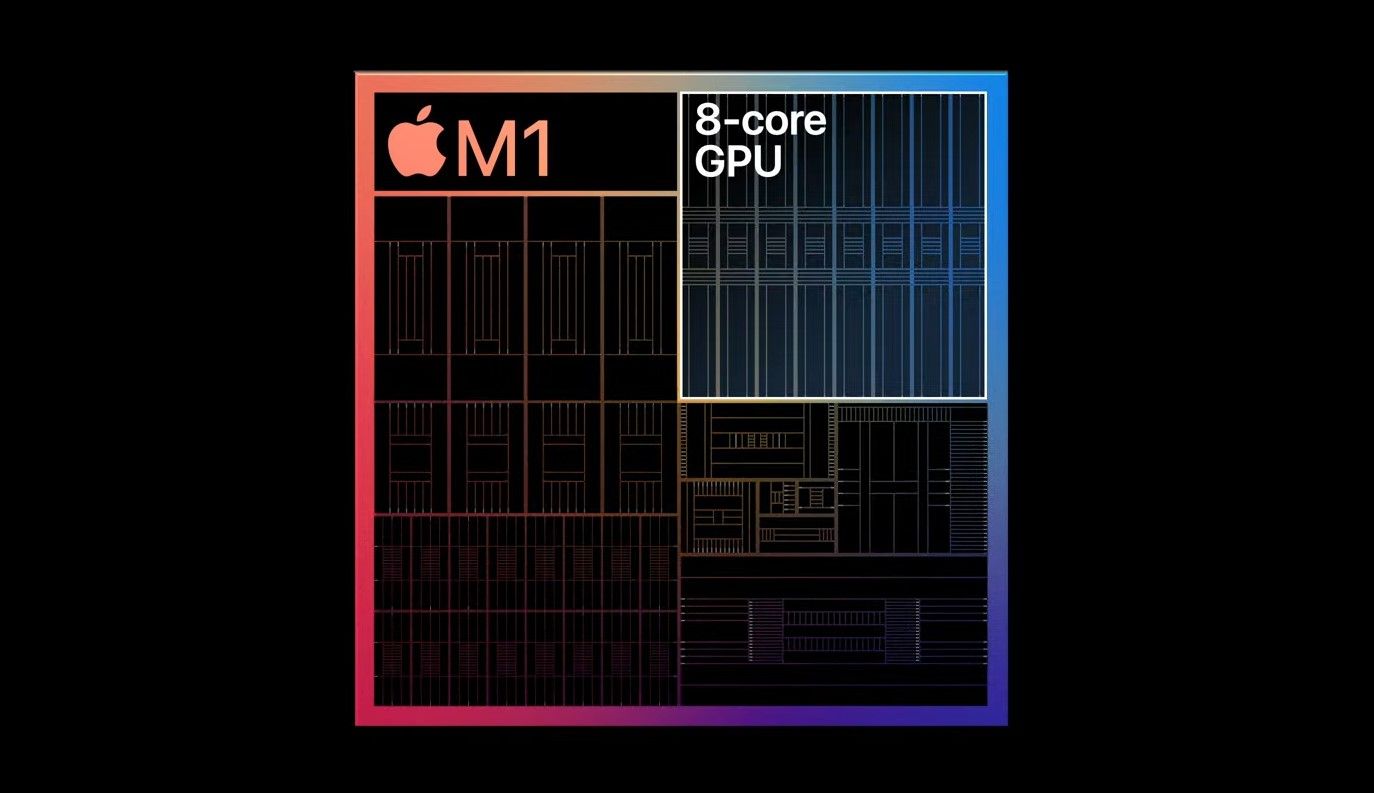
Like the M1-powered MacBooks, the base and higher-end iMac variants are also differentiated by the GPU core count in the M1 chip. While you wouldn't notice the performance difference under regular use, you will have a slight edge with the 8-core GPU variant when you're doing production work on your iMac.
The base model, with the 7-core GPU, scores 8% lower in the Geekbench 5 Metal GPU test. If you really need that last inch of performance, spending two hundred dollars more on the higher-end variant would be the wiser choice since it's not user-upgradeable.
3. No Touch ID on the Base Variant
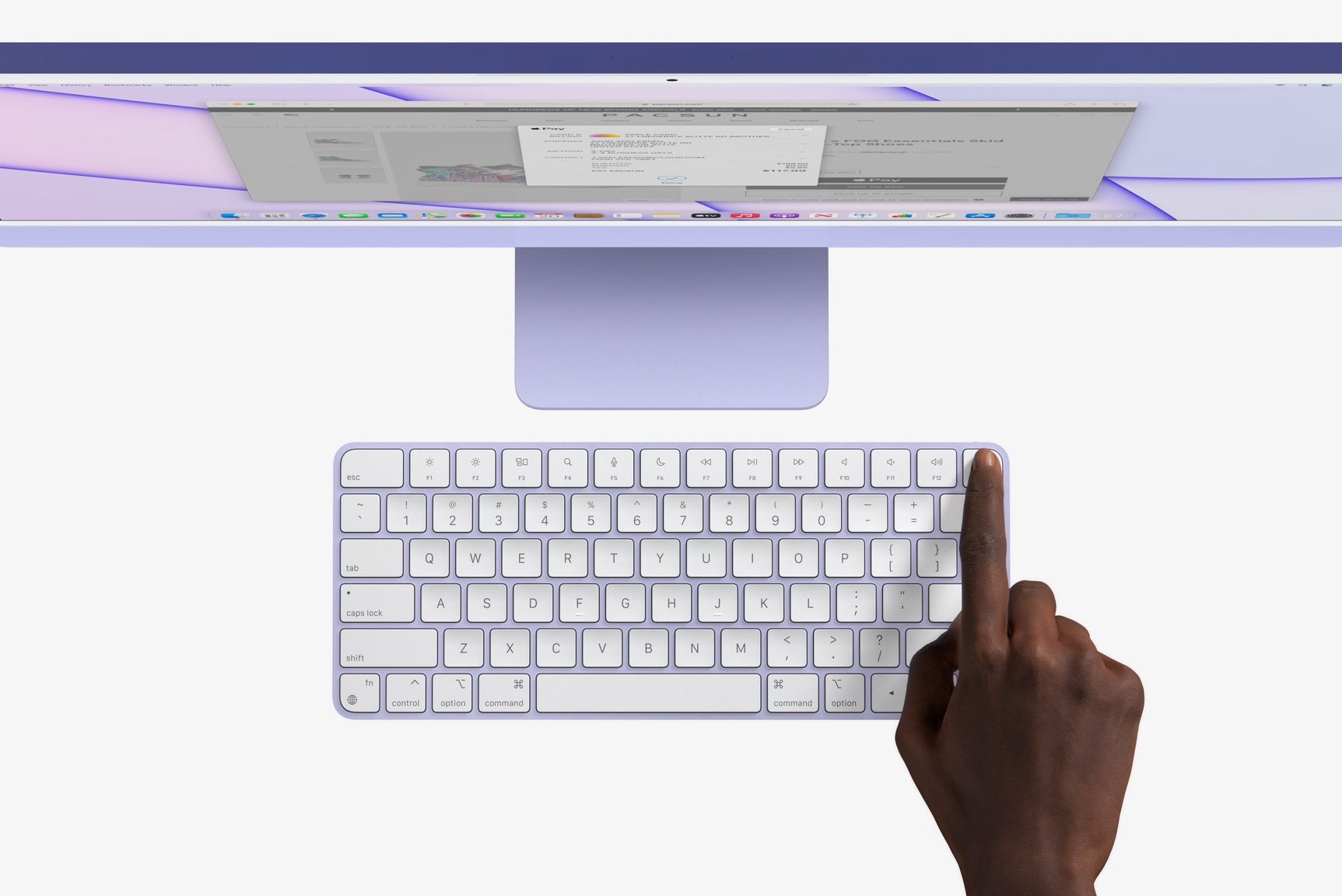
You probably know how Touch ID makes it convenient to sign in to websites and make purchases securely. Today, biometric authentication is more of a necessity rather than a luxury. Apple advertises its new iMacs as Touch ID-enabled devices.
However, it's not really the iMac that has Touch ID, but the keyboard that's bundled with it. This particular keyboard is only bundled with the new iMacs. Unfortunately, the base variant gets the standard Magic Keyboard rather than the one with Touch ID. You cannot custom configure it on Apple's website either.
If you're tired of manually entering passwords to log in to websites, you certainly won't regret paying more for the higher-end model. After all, who wouldn't want to lock and unlock their Macs at the touch of a button?
4. Low Storage and Memory
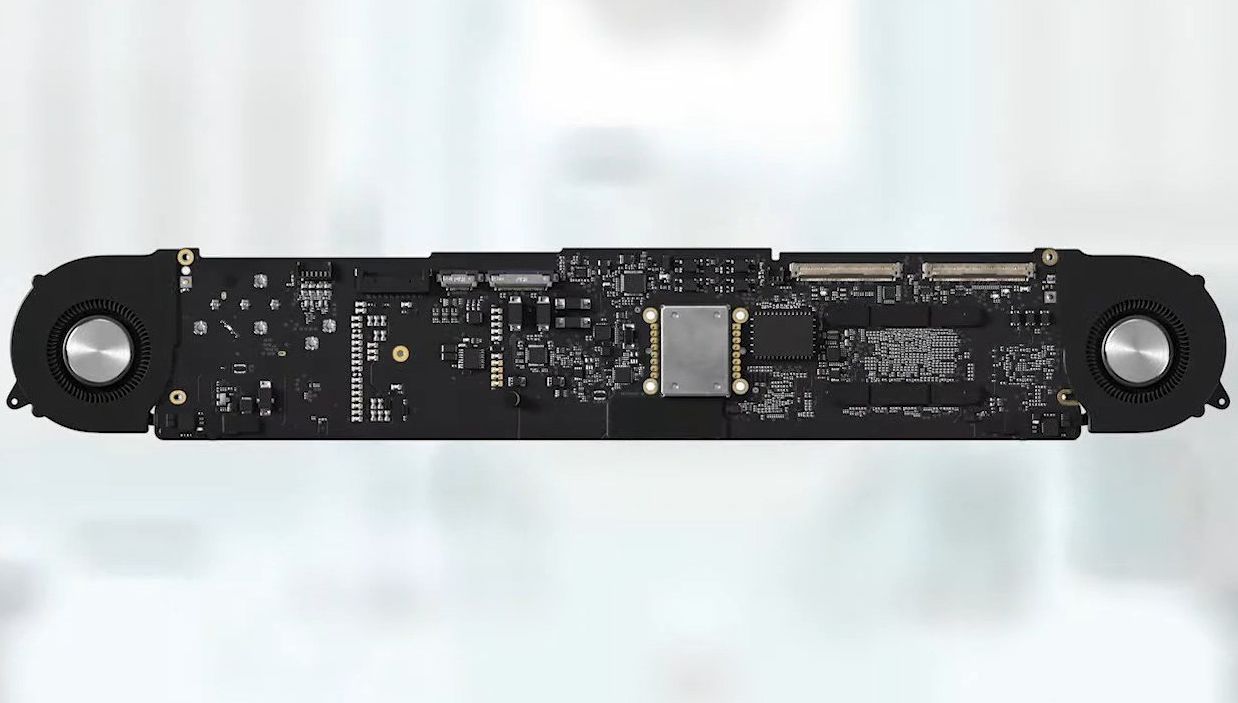
The RAM and SSD on the Apple Silicon Macs are not user-upgradeable since they're both soldered onto the logic board. Hence, you have to be extra careful when you're selecting your desired iMac variant.
All the base configurations of the M1 Macs pack 8GB of RAM. While this is more than enough for the average user at the moment, it may not be enough in the long run or for memory-intensive tasks.
Therefore, if you're trying to future-proof your iMac or you're planning to use it for professional work, you'll need to pay $200 more for 16GB of RAM to get it custom configured from Apple.
When it comes to the SSD, you could get away with the 256 GB storage on the base M1 iMac if you have an iCloud subscription. However, you will run out of space really quickly if you regularly deal with 4K and 8K video files.
Hence, a storage upgrade 512GB or higher is recommended for power users. This upgrade isn't available for the base model iMac.
5. Gigabit Ethernet Costs Extra for Base Model
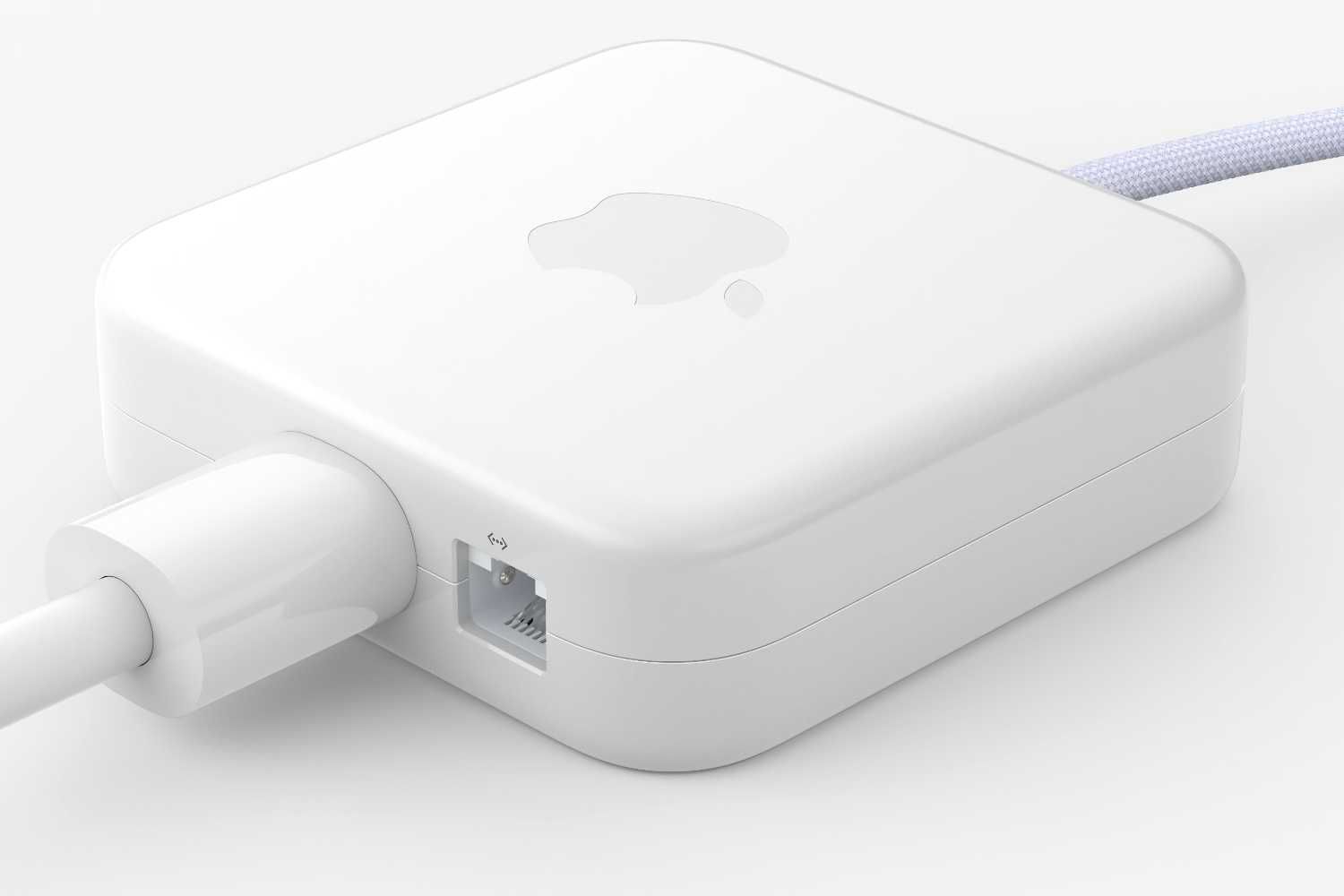
The new iMacs are so thin that there's no space for an Ethernet port behind the display. Thankfully, Apple made a genius move by integrating the Gigabit Ethernet port into the power adapter. This is certainly the best option for cable management too.
Having said that, this particular power adapter is only bundled with the higher-end iMac variants. If you want one for your base model, you'll need to spend an extra $30 while configuring it on Apple's website.
It's currently not available for purchase separately.
Note that an Ethernet port isn't mandatory since you still have access to Wi-Fi 6, which is perfectly capable of delivering high-speed internet. Therefore, this should be lower on your priority list.
6. The Port Selection Is Mediocre
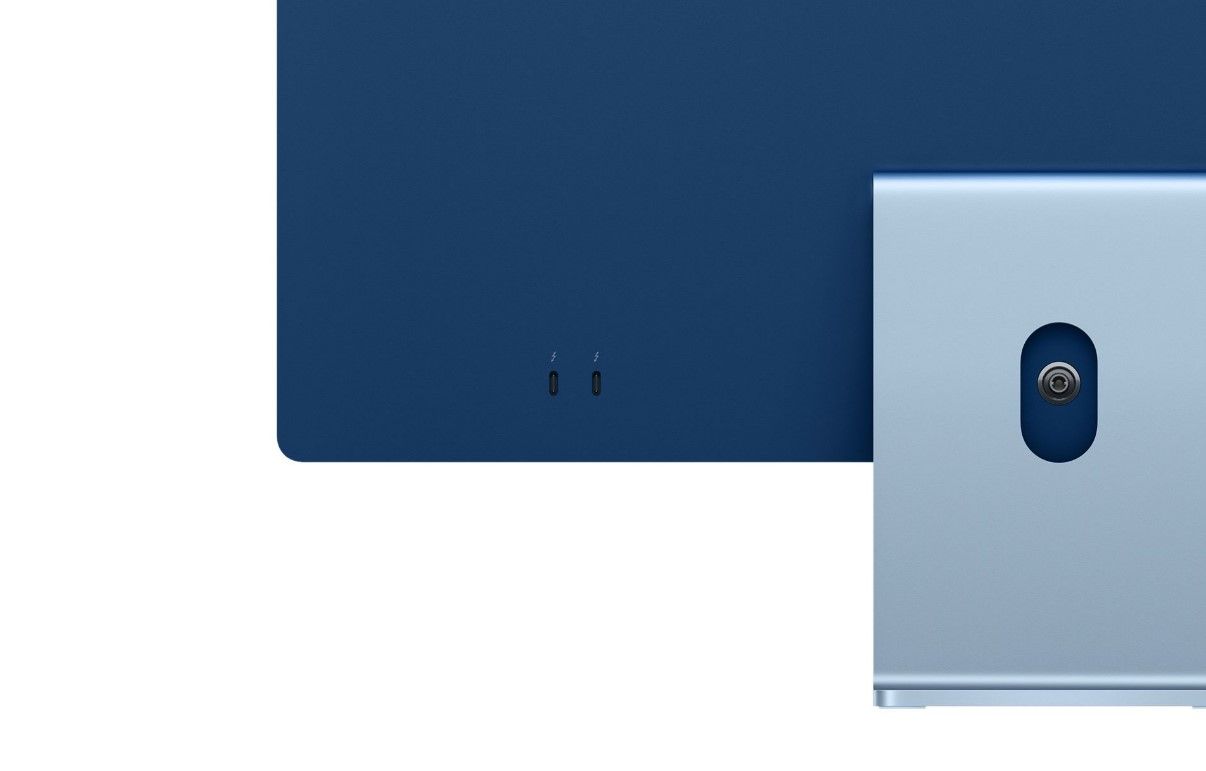
It's not just the Ethernet port that you'll be missing if you go for the cheapest M1 iMac. While the higher-end variants pack two Thunderbolt-enabled USB 4 ports and two USB 3 ports each, the base model only has two USB 4 ports.
On the bright side, both of these ports have support for Thunderbolt 3, so you're not sacrificing data transfer rates.
Of course, you can always connect a USB hub to the port and expand the USB devices you can use, but do you really want to live the dongle life in 2021? Or, would you rather spend two hundred dollars more and call it a day?
The Mac mini Offers a Cheaper Alternative
If your budget is tight and you can't push for the higher-end iMac model, consider the M1 Mac mini instead.
For almost half the price, you're getting a Mac that doesn't sacrifice GPU cores or compromise on performance. The port selection is fantastic for its size, and you get Gigabit Ethernet out of the box too.
Yes, you'll have to purchase the display separately, but you could easily find good 4K monitors in the $300 to $500 price range. As for Touch ID, you have no choice but to wait for Apple to start selling the new Magic Keyboards separately.
The Mid-Range 24-Inch iMac Offers the Best Value
Those who are purely looking for an all-in-one experience would be perfectly happy with the mid-spec 24-inch iMac, which costs $1499. It has all the new features that Apple advertises, starting from the Magic Keyboard with Touch ID to Gigabit Ethernet.
Whether you're editing, playing games, or performing other resource-intensive tasks, you don't have to worry about the CPU or GPU performance since the dual-fan setup can prevent thermal throttling.
0 Comments